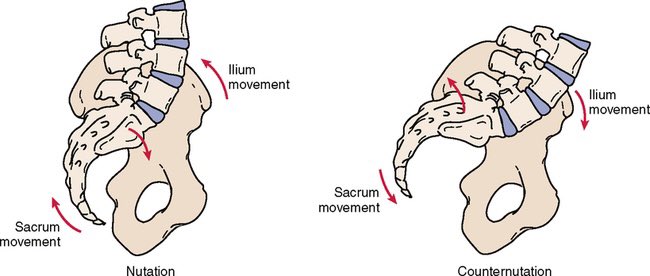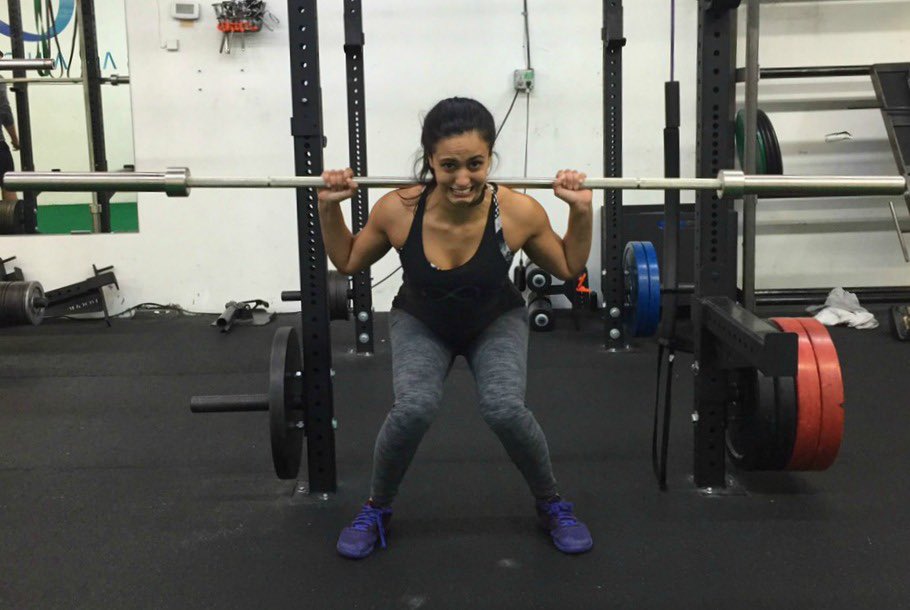A thread on the biomechanics of a squat
A proper squat involves every joint action available within the lower body, just at differing moments.
I will split it up into three phases.
Phase 1: As we begin to descend into a squat, our pelvis is in a state of external rotation...
A proper squat involves every joint action available within the lower body, just at differing moments.
I will split it up into three phases.
Phase 1: As we begin to descend into a squat, our pelvis is in a state of external rotation...
abduction, & flexion. The sacrum needs to tip backwards into counter-nutation (extension), which will allow the body to begin to descend downwards & the pelvic floor drops down.
This occurs from around 0-60 degrees of hip flexion.
The ankle is biased towards more supination and
This occurs from around 0-60 degrees of hip flexion.
The ankle is biased towards more supination and
plantar flexion.
PHASE 2: Past 60 degrees of hip flexion, we begin to approach internal rotation, adduction, & extension within our pelvis & femurs. The sacrum is more mutated.
Internal rotators have https://abs.twimg.com/emoji/v2/... draggable="false" alt="⬆️" title="Pfeil nach oben" aria-label="Emoji: Pfeil nach oben"> leverage to work at 90 degrees of hip flexion, or parallel (Neumann, 2010).
https://abs.twimg.com/emoji/v2/... draggable="false" alt="⬆️" title="Pfeil nach oben" aria-label="Emoji: Pfeil nach oben"> leverage to work at 90 degrees of hip flexion, or parallel (Neumann, 2010).
PHASE 2: Past 60 degrees of hip flexion, we begin to approach internal rotation, adduction, & extension within our pelvis & femurs. The sacrum is more mutated.
Internal rotators have
The ankle is now biased towards maximum dorsiflexion & pronation.
This is where our pelvis becomes most “compressed”.
PHASE 3: As we descend into 120+ degrees of hip flexion, the pelvis should “re-open” and become more biased towards ER, ABD, & Flexion with sacral counter-
This is where our pelvis becomes most “compressed”.
PHASE 3: As we descend into 120+ degrees of hip flexion, the pelvis should “re-open” and become more biased towards ER, ABD, & Flexion with sacral counter-
nutation.
This is why the knees tend to travel back a bit as you go beyond parallel. The ankle reacesses more supination & plantar flexion.
Then, we re-enter internal rotation/compression as we ascend and finally more expansion.
So let’s think about the squat given this lens.
This is why the knees tend to travel back a bit as you go beyond parallel. The ankle reacesses more supination & plantar flexion.
Then, we re-enter internal rotation/compression as we ascend and finally more expansion.
So let’s think about the squat given this lens.
Why does a heel lift work in a squat to get deeper? It biased our ankles towards more plantar flexion & pelvic ER which will is needed to go lower.
When does someone’s knees usually cave in on a squat? Around 90 degrees of hip flexion, when internal rotation is maximized. So if
When does someone’s knees usually cave in on a squat? Around 90 degrees of hip flexion, when internal rotation is maximized. So if
someone doesn’t have IR at their pelvis/femur their knees cave in as an attempt to find that IR and force production.
This is why biomechanics matter. If we understand the underlying cause, we can adjust exercises to restore better movement.
This is why biomechanics matter. If we understand the underlying cause, we can adjust exercises to restore better movement.

 Read on Twitter
Read on Twitter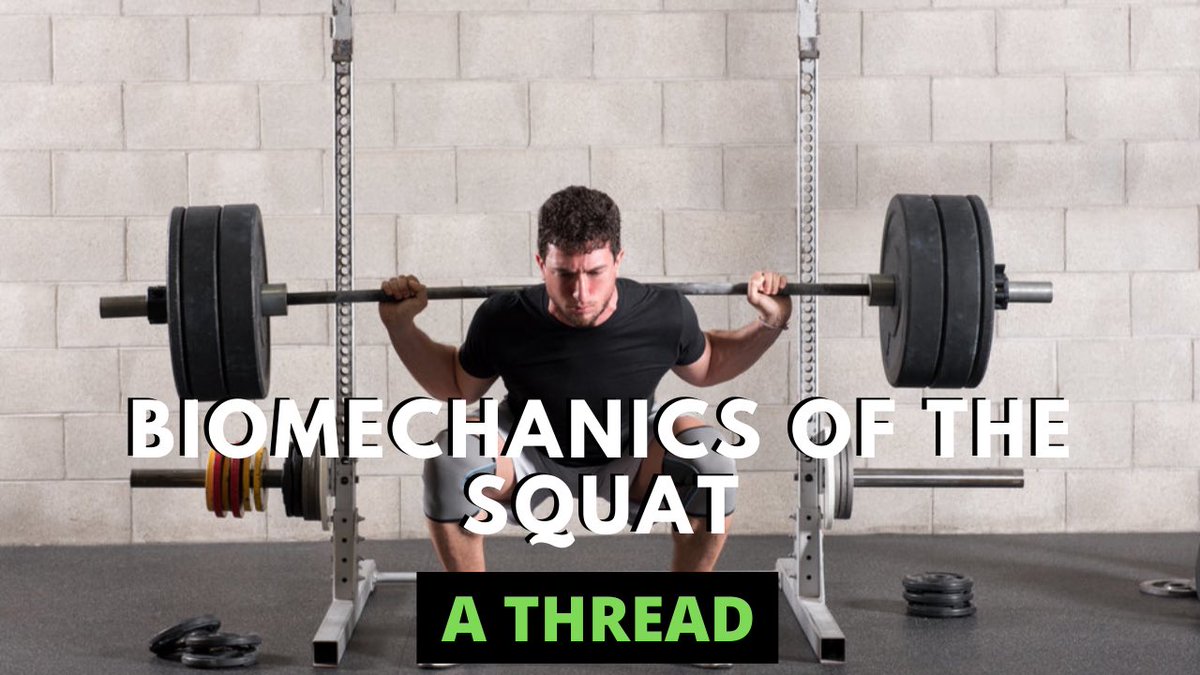
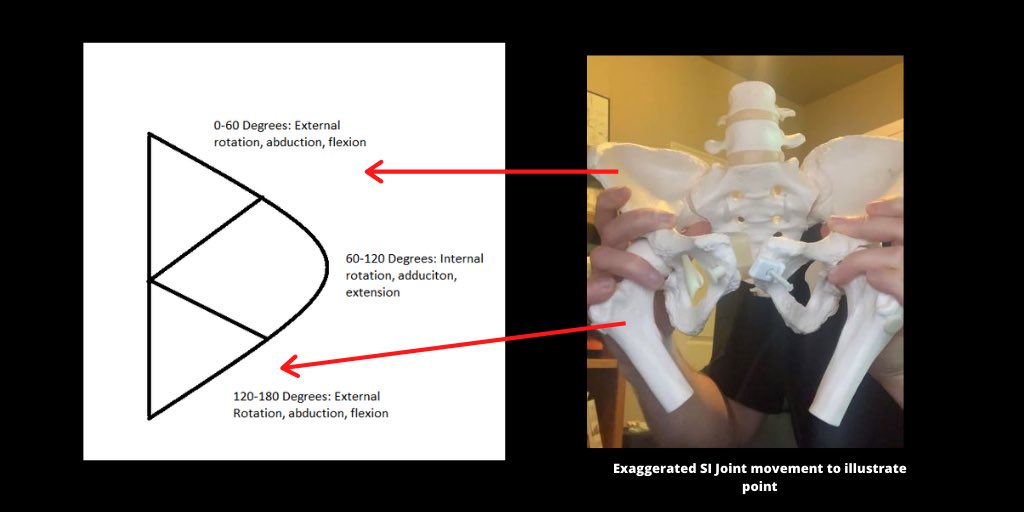
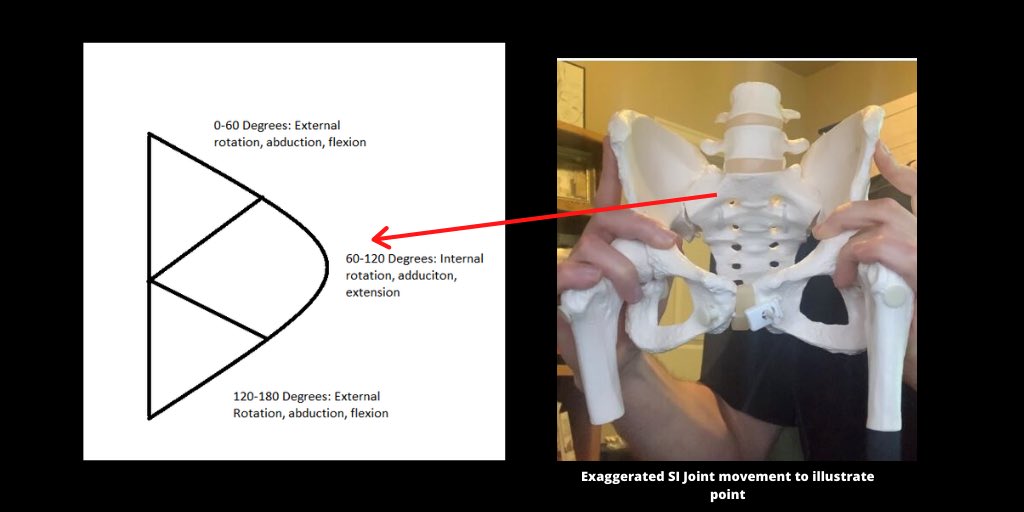 leverage to work at 90 degrees of hip flexion, or parallel (Neumann, 2010)." title="plantar flexion.PHASE 2: Past 60 degrees of hip flexion, we begin to approach internal rotation, adduction, & extension within our pelvis & femurs. The sacrum is more mutated.Internal rotators have https://abs.twimg.com/emoji/v2/... draggable="false" alt="⬆️" title="Pfeil nach oben" aria-label="Emoji: Pfeil nach oben"> leverage to work at 90 degrees of hip flexion, or parallel (Neumann, 2010)." class="img-responsive" style="max-width:100%;"/>
leverage to work at 90 degrees of hip flexion, or parallel (Neumann, 2010)." title="plantar flexion.PHASE 2: Past 60 degrees of hip flexion, we begin to approach internal rotation, adduction, & extension within our pelvis & femurs. The sacrum is more mutated.Internal rotators have https://abs.twimg.com/emoji/v2/... draggable="false" alt="⬆️" title="Pfeil nach oben" aria-label="Emoji: Pfeil nach oben"> leverage to work at 90 degrees of hip flexion, or parallel (Neumann, 2010)." class="img-responsive" style="max-width:100%;"/>
